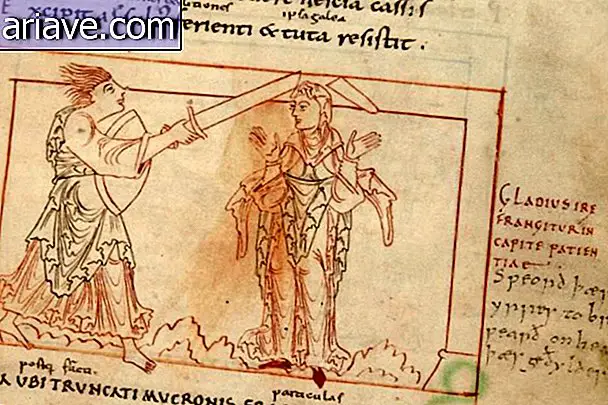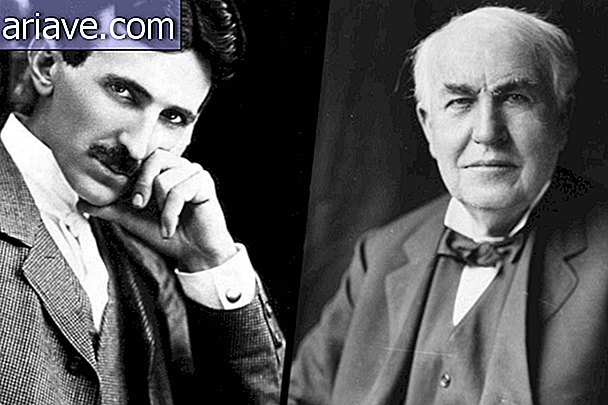Get to know the ancient Roman arena where more people fit than in Maracanã
When we talk about ancient Roman arenas that can hold thousands of people, the first place we think of is undoubtedly the Colosseum, the emblematic monument of the Italian capital. However, this huge structure - which had a maximum capacity for an audience of approximately 55, 000 spectators - was "inaugurated" in 88 AD only, and before that there was a much, much larger arena. Did you know that?
This place was called Circus Maximus - or Circus Maximus - and was one of the largest structures in Ancient Rome. The space was built in the 6th century BC, well before the Colosseum, commanded by Tarquinio Prisco, the ruler of the time. Later, around 50 BC, Julius Caesar ordered the arena to be extended so that it could accommodate more people. For that, even the course of a stream has been diverted, believe me?
Superarena

With a 600 meter long runway and 225 meters wingspan, the maximum capacity of Circo Maximum was 250, 000 people, although there are records that it was occupied by 385, 000! Just to give you an idea, the Maracanã Stadium - which once housed a record audience of almost 200, 000 people -, after undergoing renovations, has a capacity of just over 73, 500 spectators.
Circus Maximus was used for chariot racing and the Ludi Romani - or Roman Games - which were sponsored by the rich and powerful of Rome and aimed to honor the gods. The Ludi were events that included all kinds of entertainment, such as parades, religious ceremonies, plays, banquets, gladiator demonstrations and celebration of triumphs, for example, in addition to the races we have already mentioned.

Initially, games took place once or twice a year. However, these events soon became a show of status for the powerful sponsors, not to mention becoming extremely popular, and took place 57 days a year. Doing the math, this means that these events happened almost twice a week, providing fun for everyone and everyone.
Use and disuse

In its first version, the Circus had a raised wooden platform to accommodate the rich and famous of Rome. Later benches - also made of wood - were added to the rest of the population, and around 50 BC Julius Caesar ordered the seats to be extended along the entire runway. The structure proved to be very susceptible to damage, and was partially destroyed in fires and floods.
After several renovations, the structure's wood was replaced by stones, but over time, the emperors of Rome began to be pressured to build specific arenas so that different events could occur at the same time.

Thus, chariot races were concentrated in the Circus Maximus, and with the construction of the Colosseum - begun around 72 AD - gladiator fights and animal demonstrations were eventually moved there. With this, little by little, the Circus eventually fell into disuse and in the 6th century AD he was retired for good.
The stones of its structure were being removed and reused for the construction of other buildings. The racetrack, as time went by, was shrouded, resurfaced after excavations begun in the 19th century. Nowadays, this ancient superenaid has become a park that ironically, as in the past, is used. for celebrations, concerts and large gatherings of people in Rome.












